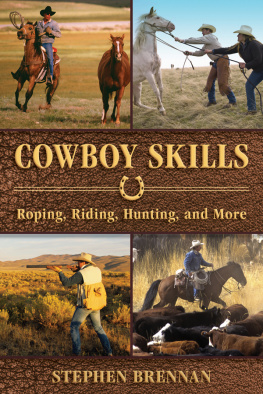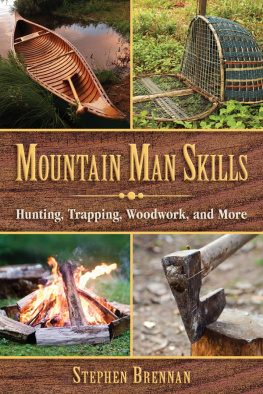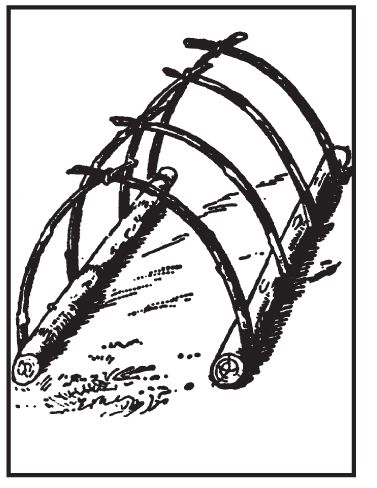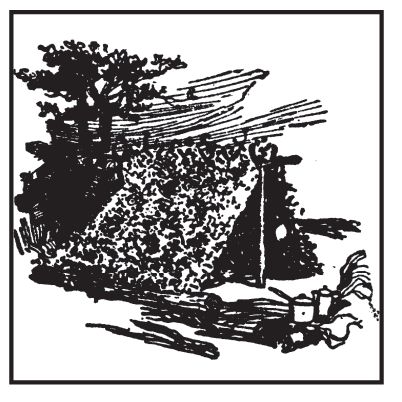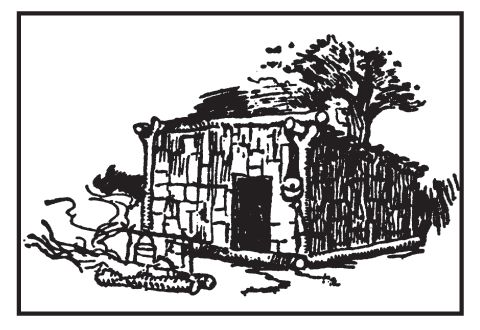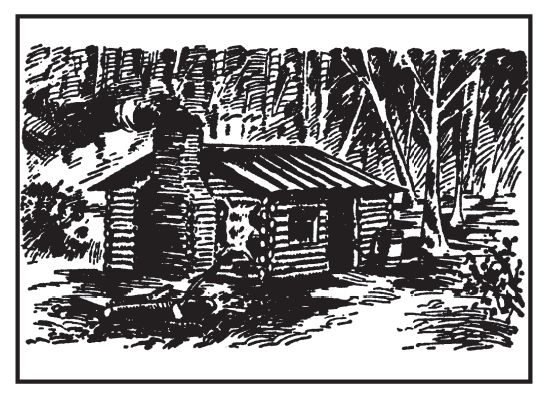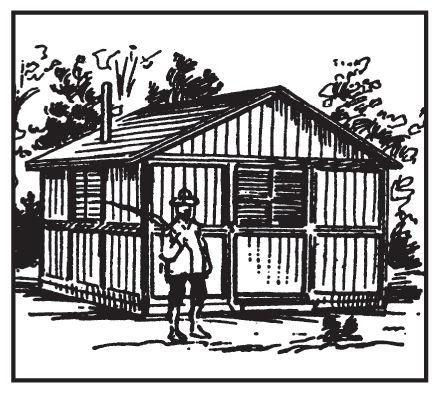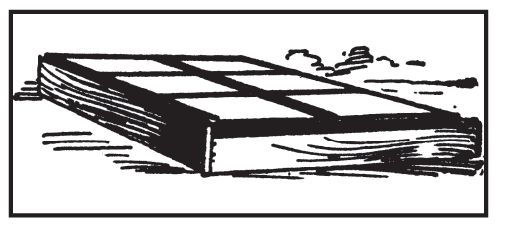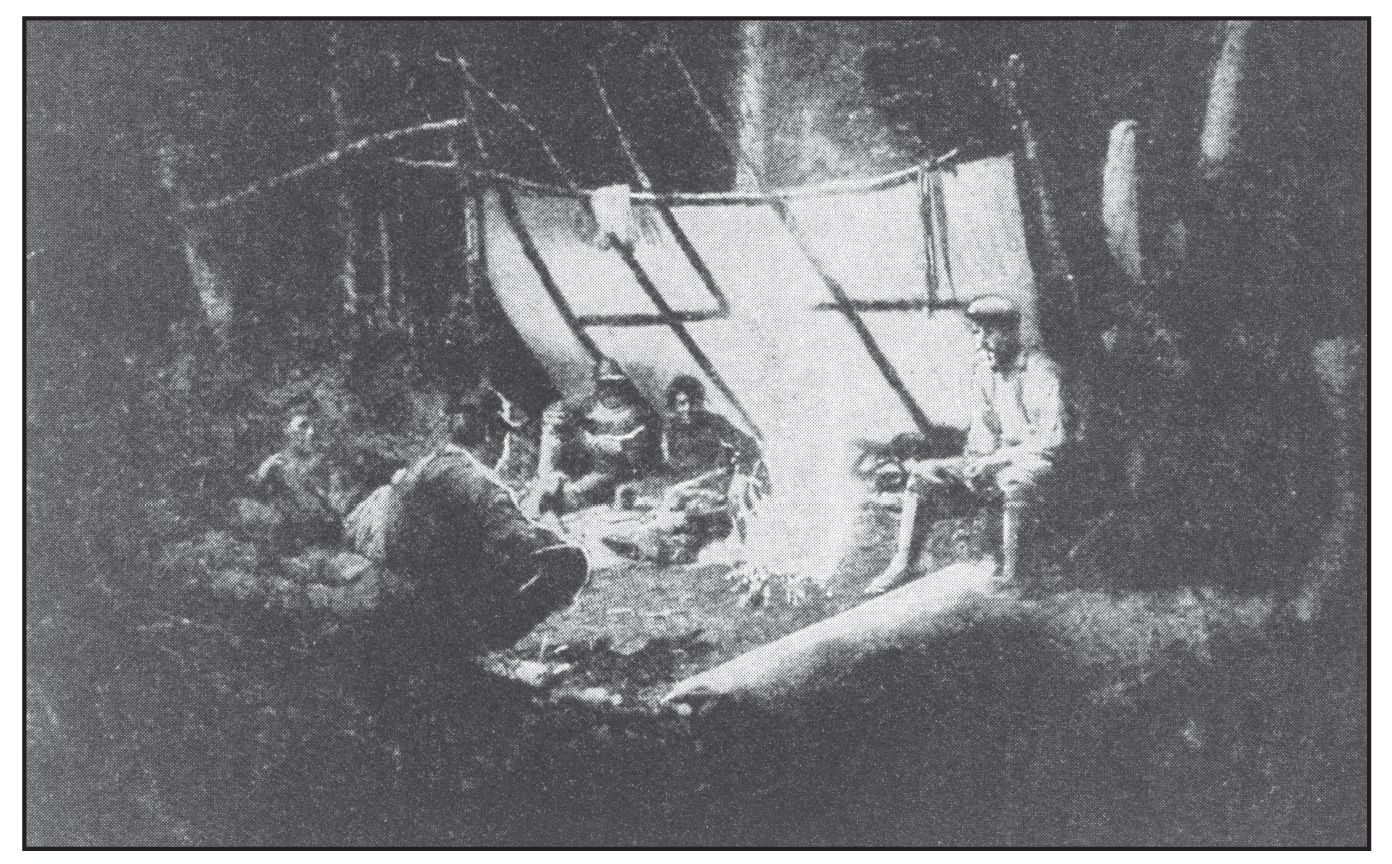Many thanks to Tony Lyons and Bill Wolfsthal at Skyhorse Publishing for seeing the possibilities of this book. Also to Ann Treistman, our superb editor, for first suggesting that Finn and I do this together, and for all her guidance and leadership.
Many thanks also to James Langlois for helping to assemble this book.
APPENDIX
BOYS CLUBS AND ORGANIZATIONS
Boys and Girls Club of America
http://www.bgca.org/
Boy Scouts of America National Council
http://www.scouting.org/nav/enter.jsp?s=mc
National Rifle Association Youth Programs
http://www.nrahq.org/youth/index.asp
Police Athletic League
http://www.palnyc.org
Future Farmers of America
http://www.ffa.org/
Rotary International
http://www.rotary.org/
The Audubon Society
http://www.audubon.org/educate/index.php
4-H
http://www.4husa.org/
Sierra Club
http://www.sierraclub.org/youth/
Fishing Works Youth Club Directory
http://www.fishingworks.com/youth-clubs/
USA Archery Junior Olympic Archery Development
http://www.usarchery.org/html/JOAD.html
Outward Bound Wilderness Youth
http://outwardboundwilderness.org/age/youth.html
Kids Gardening
http://www.kidsgardening.com/
U.S. Junior Orienteering
http://www.us.orienteering.org/
U.S. Sailing - Youth Sailing
http://www.ussailing.org/youth/
National Park Service - Archaeology for Kids
http://www.nps.gov/archeology/public/kids/index.htm
American Red Cross - Youth Services
http://www.redcross.org/services/youth/0,1082,0_326_,00.htm ,
United States Lifesaving Association - Junior Lifeguards
http://www.usla.org/LGtoLG/junior.asp
Shooting and Youth Organizations
http://www.remington.com/about/conservation.asp
Bassmaster Youth Programs
http://sports.espn.go.com/outdoors/bassmaster/youth/news/
story?page=b_youth_program_overview
USA Karate
http://www.usakarate.org/
USA Jiu Jitsu Federation
http://www.wkf.org/jj.html
U.S. Fencing Youth Development
http://www.usfaryc.org/Welcome.html
U.S.A. Climbing
http://www.usaclimbing.net/home.cfm
Indoor Climbing Walls Directory
http://www.indoorclimbing.com/
Directory of Local Outdoors Programs
http://www.youthoutdoorslegacyfund.com/funds.html
CAMPING
PITCHING A TENT
A tent will be a great addition to the comfort of your camp. If you have a piece of awning, canvas, old sail or plastic sheet you may improvise a tent. It can be thrown over the clothesline, or a clothesline prop may be used, supported at each end by forked sticks, and the canvas pegged down at the sides. In case there are no eyelets with which to attach tent-ropes and you do not wish to injure the material, the sides may be secured by allowing them to rest upon a plank and fastening them there with a strip of wood nailed over the canvas. The nails in this case are driven in at the ends of the strip only, and will not injure the piece of awning.
OTHER SHELTERS
These remarks would not be complete without a few practical suggestions for making temporary camp shelter, be it for the night or season.
IMPROVISED CAMP SHELTER BRUSH, BARK AND LOG HUTS, ETC.
It might perchance happen that you desire to stay over night, away from the camp proper, for instance, ready to pick up a fresh trail of large game, etc., on the early morn, then these suggestions might not prove amiss.
Here only a little instruction is necessary; patience, common sense and a willing hand can accomplish much, and about all the tools needed are a good sharp axe and knife.
The supporting frames can be improvised from a tree trunk or forked branch, from which a long ridge is trailed to the ground, the larger branches serve as side walls, and the smaller ones in turn as the shingling. The only important point to be observed in their uses is that the smaller clippings of the branches be used leaves down, lapping each other, so as to turn and shed the rain or dew; always work from the bottom up, as in shingling.
The variety shown is for the selection of the woodsman.All are simple and effective. Probably the Indian Quick-up is the simplest. It consists of light sapplings of any ordinary kind or length, inserted in the ground, bent over a tree or log and the ends tied with a vine, over which a blanket is thrown, or branches laid. Here can one with a cheerful fire, rest dry and warm. True you may have a tent somewhere, but with the information this Guide imparts, you are independent of these things.
FIRE BUILDING
Indians used to laugh at the white men because they said that they built such a big fire they could not get near it, while the Indian built a little fire and could get close to it.
Two things are essential in the building of a campfire: kindling and air. A fire must be built systematically. First, get dry, small, dead branches, twigs, fir branches, and other inflammable material; These should be gathered during the afternoon. Place them on the ground. Be sure that air can draw under it and upward through it. Next place some heavier sticks and so on until you have built the camp fire the required size. In many camps it is considered an honor to light the fire.
If the fire is to be used for cooking, it is well to confine the heat between two large logs, or, if baking is to be done on it, it is best to build an oven with large stones. But the Indians were usually content with an open fire.
Never build a camp fire too near the tent or inflammable pine trees. Better to build it in the open.






